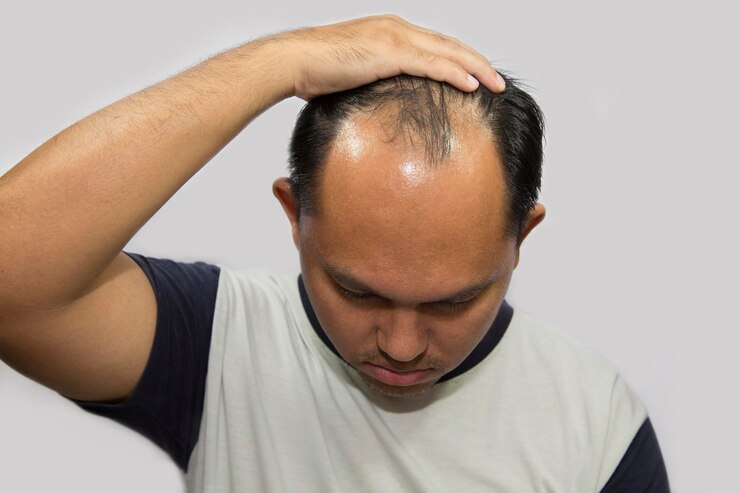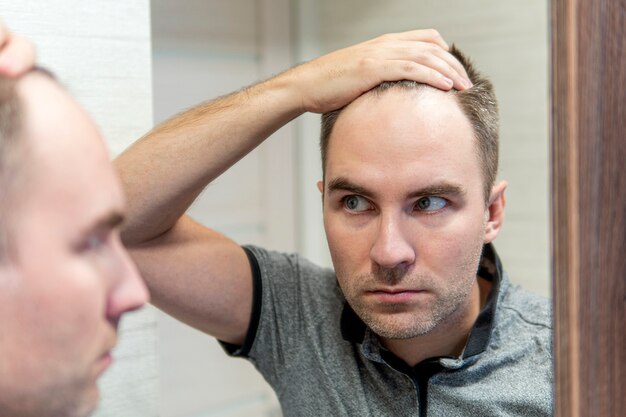Scarring Alopecia
Comprehensive diagnosis and treatment plans to manage symptoms, slow progression, and protect remaining hair.
What is Scarring Alopecia?
Scarring alopecia, also known as cicatricial alopecia, is a rare group of disorders that cause permanent hair loss. In these conditions, hair follicles are destroyed and replaced by scar tissue, preventing new hair from growing. Once the follicles are damaged, the hair loss is irreversible, making early diagnosis and treatment essential.

Common Types of Scarring Alopecia
While there are several subtypes, the most frequently diagnosed forms include:
Frontal Fibrosing
Alopecia (FFA)
A condition that causes a slow, progressive recession of the front hairline. It often affects post-menopausal women but can also occur in men and younger individuals. In some cases, hair loss extends to the eyebrows.
01
Lichen
Planopilaris (LPP)
An inflammatory disorder where the immune system attacks hair follicles across the scalp. It can cause patchy hair loss, redness, and irritation. Without treatment, LPP often spreads and leaves behind smooth, scarred patches.
02
Cicatricial
Alopecia (General)
A broad category that includes many scarring hair loss conditions. Causes vary from autoimmune activity to infections or skin trauma, but all lead to follicle destruction and permanent loss of hair problem.
03
Why Scarring Alopecia Happens
The exact cause depends on the type, but autoimmune reactions are a common trigger. In these cases, the immune system mistakenly attacks healthy hair follicles, leading to inflammation and eventual scarring. Other causes can include chronic skin conditions, bacterial or fungal infections, or physical injury to the scalp.
Early Warning Signs
Some people notice no symptoms at first, while others experience:
- Persistent itching or tingling
- Burning sensations on the scalp
- Redness or irritation around individual hairs
- Pain or tenderness in affected areas
These symptoms may appear before visible hair loss, making early medical attention essential.
Visible Changes on the Scalp
Scarring alopecia can present as:
- Gradual thinning or receding hairline
- Smooth, shiny skin where hair is absent
- Red or dark discolouration around follicles
- Clearly defined bald patches that slowly enlarge
Over time, the scalp may lose its natural texture due to scarring.
Diagnosis Process
A dermatologist will assess the scalp, take a detailed medical history, and may perform a small skin biopsy. The biopsy confirms the presence of inflammation, scarring, and the type of alopecia, guiding the treatment plan.

Treatment Goals
While there’s no cure to reverse existing scarring, treatment can:
- Reduce inflammation and stop immune attacks on hair follicles
- Slow or halt further hair loss
- Relieve symptoms such as itching or burning
Treatment options may include anti-inflammatory medications, topical steroids, oral medicines, or light-based therapies, depending on the type and severity.
Importance of Acting Early
Once scar tissue forms, hair is gone for good. Acting quickly can preserve remaining follicles, maintain scalp health, and avoid significant cosmetic changes.
Frequently Asked Questions (FAQs)
Protect Your Hairline Today
The earlier the treatment starts, the better the results in preventing further loss.

